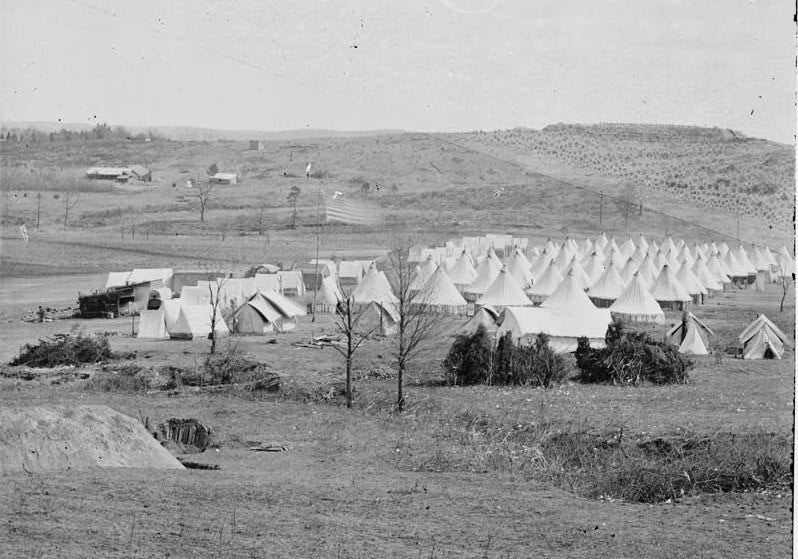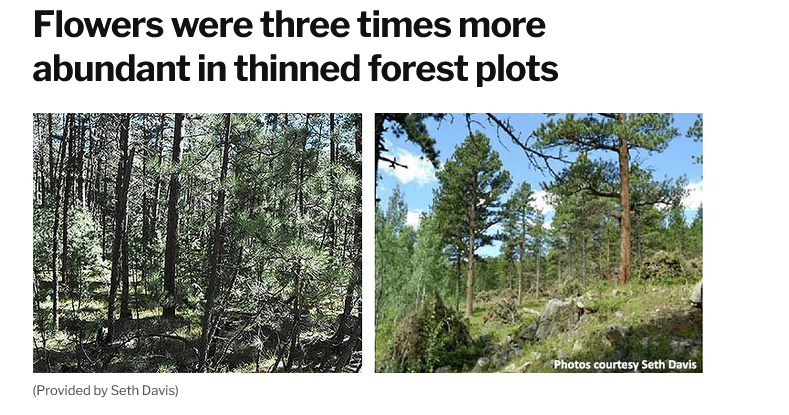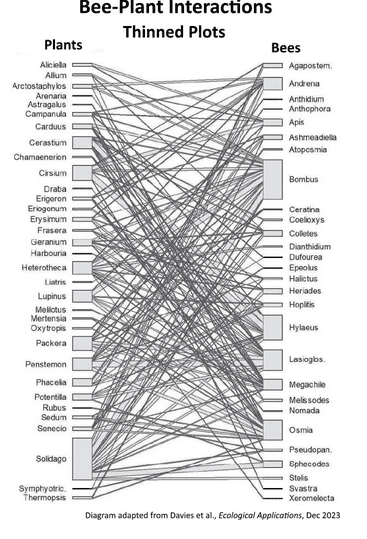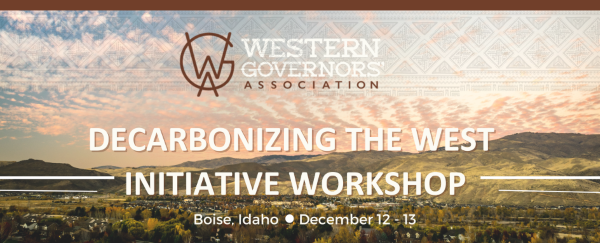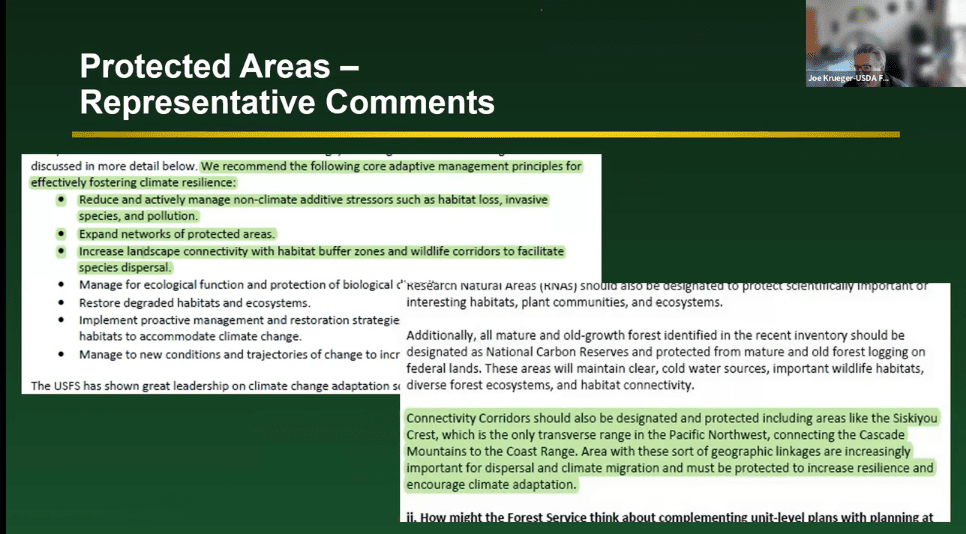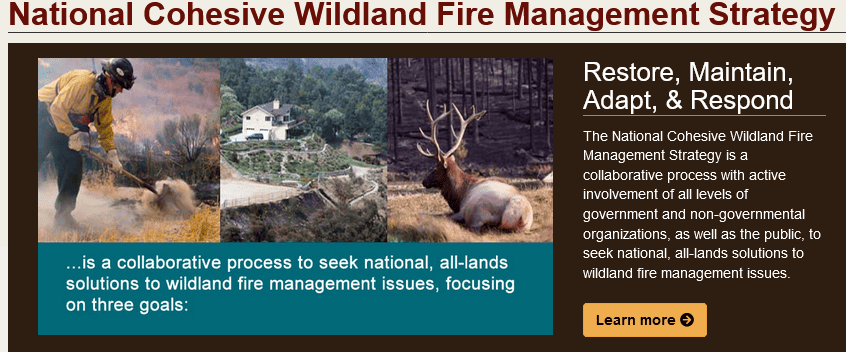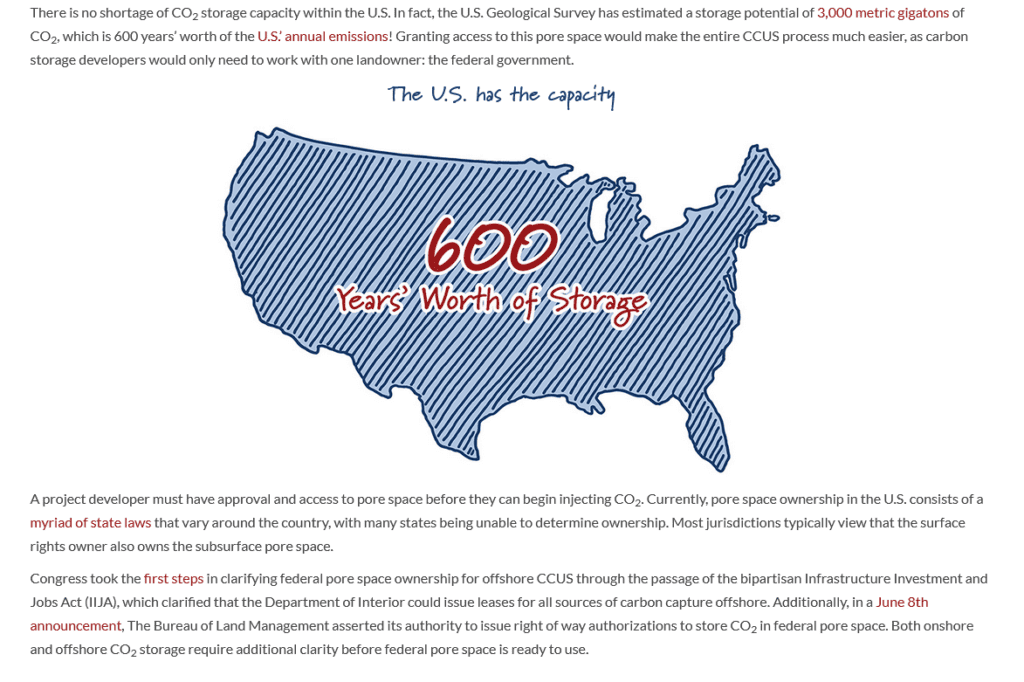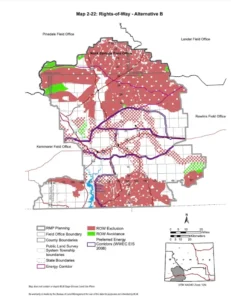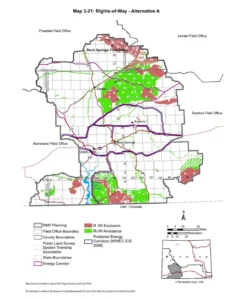The Mann trial was supposed to be part of Roundup #2, but as you can see below, I got a bit carried away.
I read an op-ed this week by Loolwa Khazzoom, who said:
We are all pieces of a highly complex puzzle. When we listen instead of project, discuss instead of argue, and have a goal of learning instead of winning – approaching dialogue with an attitude of curiosity and discovery – we can benefit from the unique life experience and thought process that we each bring to the table.
Which is my belief as well. Otherwise I wouldn’t spend so much time on The Smokey Wire and similar efforts. Also this week, I followed along on the highly entertaining podcast Climate Change on Trial presented by the Unreported Story Society. I think it’s safe to say that Michael Mann, the climate scientist and plaintiff in the defamation lawsuit against two bloggers, Mark Steyn and Rand Simberg, would not agree with that statement on the utility of listening and “approaching dialogue with an attitude of curiosity and discovery.”
At first, I thought the trial was a bit ridiculous. As if what two random bloggers wrote could actually defame Mann any more than a cursory examination of his Twitter feed, and that that would effect his financial remuneration in terms of research grants. Were they kidding? Then it turned out that this defamation biz had been going on for 12 years (!), and no one knows who is paying Mann’s court fees. My view is that in a just world, the jury would have awarded the past 12 years of legal fees to Steyn and Simberg. Of course, as a random blogger myself, maybe I’m being too sensitive. But it was OK, I guess, because according to the Hill, these guys are “right-wing” bloggers and I’m not.
So, at first, I was glad that scientists in our forest fields generally don’t behave that way. And I wondered if a podcast on some of our fuels treatment court cases with key parts being reenacted would be as entertaining. But as we delved into the Mann Tweets and emails, I wondered “how could that level of meanness be tolerated?” and “why was it OK for him to do what most of us would never consider doing?,” and “whose job is it to keep our convos civil, if anyone?”
The story of how all this developed was fascinating, at least to me. For those of you who don’t know, Mann was famous for the hockey stick graph, splicing together various measures of past temperatures including our very own tree rings. When someone asked for the data, he was unwilling to part with it, at least at the beginning. He clearly wasn’t a fan of FOIA either, forwarding a message to others to delete emails. The release of the Climategate emails was not a good moment for him. If you were to ask him, I’m sure that he saw these as efforts to impugn climate science, and (thus, naturally, to him) he became combative in its (his own) defense. It became a “good guys vs. bad guys” thing, with him, naturally, on the self-defined “good guys” side.
At the same time, you or I could also say that science should stand up to independent scrutiny, and that if someone wants the original data, they should be able to access it. I don’t think that that would be a big problem in forest science world. So what happened here? Perhaps Mann felt that the stakes were so high, it makes usual scientific practices and conduct obsolete. Some of us might say that that correlates at .99 with his self-interest, so.. But on the other hand, billions of dollar have been spent on climate science and Mann is just one of millions of climate scientists around the world, so the hockey stick is not all that important at the end of the day. But that’s today, and perhaps not when the posts were posted.
I started to think “what went wrong here?” and “are there lessons for us in less-favored and financed disciplines to learn?” Many of us belong to scientific and professional societies, universities and agencies, with codes of conduct that incorporate ideas like collegiality and respectful communications.
Dr. Curry (she of Mann’s so-called “slept her way to the top” email to Gavin Schmidt at NASA) drafted a complaint which she never sent:
“This defamation is affecting my academic reputation and my ability to conduct business. I note that I am far from the only person being attacked and libeled by Dr. Mann.
Penn State Policy AD47 (General Standards of Professional Ethics) states that professors have obligations as members of the “community of scholars” and are required to “respect and defend” free inquiry by other members of the community and to show “due respect” for the opinions of others:IV.As colleagues, professors have obligations that derive from common membership in the community of scholars. They respect and defend the free inquiry of their associates. In the exchange of criticism and ideas they show due respect for the opinions of others.
“The policy also states that researchers are required to be “open-minded when evaluating the work of others” even if that may “contradict their own findings”:
III…. As open-minded researchers, when evaluating the work of others, they must recognize the responsibility to allow publication of theories or experiments that may contradict their own findings, as only by free inquiry and dissemination of all facts will the fruits of the labor of the whole community be allowed to mature.
Policy HR64 says (my bold) that faculty members have “special obligations” as persons of learning and as educators and are obliged to “exercise appropriate restraint” and “to show
respect for the opinions of others” Faculty members are citizens, members of learned professions, and representatives of this University. When the faculty member speaks or writes as a citizen, the faculty member shall be free from institutional censorship or discipline, but the special position in the community held by the faculty member imposes special obligations. As a person of learning and an educator, the faculty member is expected to remember that the public may judge the profession and institution by his/her utterances. Hence, the faculty member agrees at all times to be accurate, to exercise appropriate restraint, to show respect for the opinions of others, and to make every effort to indicate that he/she is not an institutional spokesperson.”
Curry didn’t send it to Penn State because, as she says in her post .
“after all, the damage to my career was already done and I wasn’t clear where this would lead or whether it would have any effect.”
I wonder how Mann could have acted against these rules for so long with no one calling him on it. I wonder if the folks he emailed (work emails) ever said, “hey, I’m not interested in gossip about our colleagues’ sex lives”,” or “maybe you should tone it down on Twitter” or “I’m not sure we should try to evade FOIAs and delete emails.” From the court records, it sounded like a few people did. If more had done so, could this all have turned out differently?
And how did he get awards from prestigious organizations for “science communication?” Was anyone reading his Tweets?
“I am truly humbled to receive the Stephen Schneider Award for Outstanding Climate Science Communications,” said Mann. “While none of us can fill the very large shoes Steve left behind, we can honor his legacy by doing our best to inform the public discourse over human-caused climate change in an objective, clear and effective manner.”
I don’t blame Mann for all of this. People don’t always behave well when left to their own devices. This is a fact of human nature. That is why we have laws, law enforcement, codes of conduct and enforcement protocols. It is the role of institutions to enforce their own rules. And yet they apparently are not, at least in certain cases.
***********
Having listened to the podcast of the case, I was amused by this NPR story:
In a D.C. courtroom, a trial is wrapping up this week with big stakes for climate science. One of the world’s most prominent climate scientists is suing a right-wing author and a policy analyst for defamation.
The case comes at a time when attacks on scientists are proliferating, says Peter Hotez, professor of Pediatrics and Molecular Virology at Baylor College of Medicine. Even as misinformation about scientists and their work keeps growing, Hotez says scientists haven’t yet found a good way to respond.
“The reason we’re sort of fumbling at this is it’s unprecedented. And there is no roadmap,” he says.
**********
Imran Ahmed, chief executive at the Center for Countering Digital Hate, says any response has to include social media companies, as that’s where attacks on scientists happen every day. Research finds that social media platforms can encourage the spread of scientific and medical misinformation.
Hotez says he and Mann are working on an upcoming project, collaborating on what they see as overlap in attacks on climate science and biomedicine and how to counter it.
Was NPR even in the room? I guess you don’t have to actually observe things when you can just ask your friends what they think.
With all due respect to Hotez and Mann, having discussions and disagreeing is what science is about in the pursuit of truth; actually even outside of “science,” as in Khazzoom’s quote at the top of this post. Characterizing people who disagree as “attackers” with “disinformation” who need to be throttled down is bad for discourse, bad for the public trust (yes, that public, the ones who vote for research budgets) and bad for science. I’m curious as to why, of all the disciplines and subdisciplines in science and engineering, only these two fields (climate and Covid) seem to have this problem highlighted? Perhaps they have bought into a form of politics-science mutualism. In the same way that a phone call changed the views of the virologists and led to the Proximal Origins paper on Covid origins, in the Mann case a discussion with the President of Penn State led the inquiry team to change its findings on censuring Mann. Where disciplinary self-interest, institutional self-protection and larger world politics meet.. is probably not a good place for the rest of us, nor for any truth to come out. And it’s definitely not “science.”
Aren’t we fortunate that we don’t have these issues in forest science? Do we manage it better, are the stakes so low no one cares for high quasi-political drama, or are we just lucky as to the character of our scientists? What do you think?
